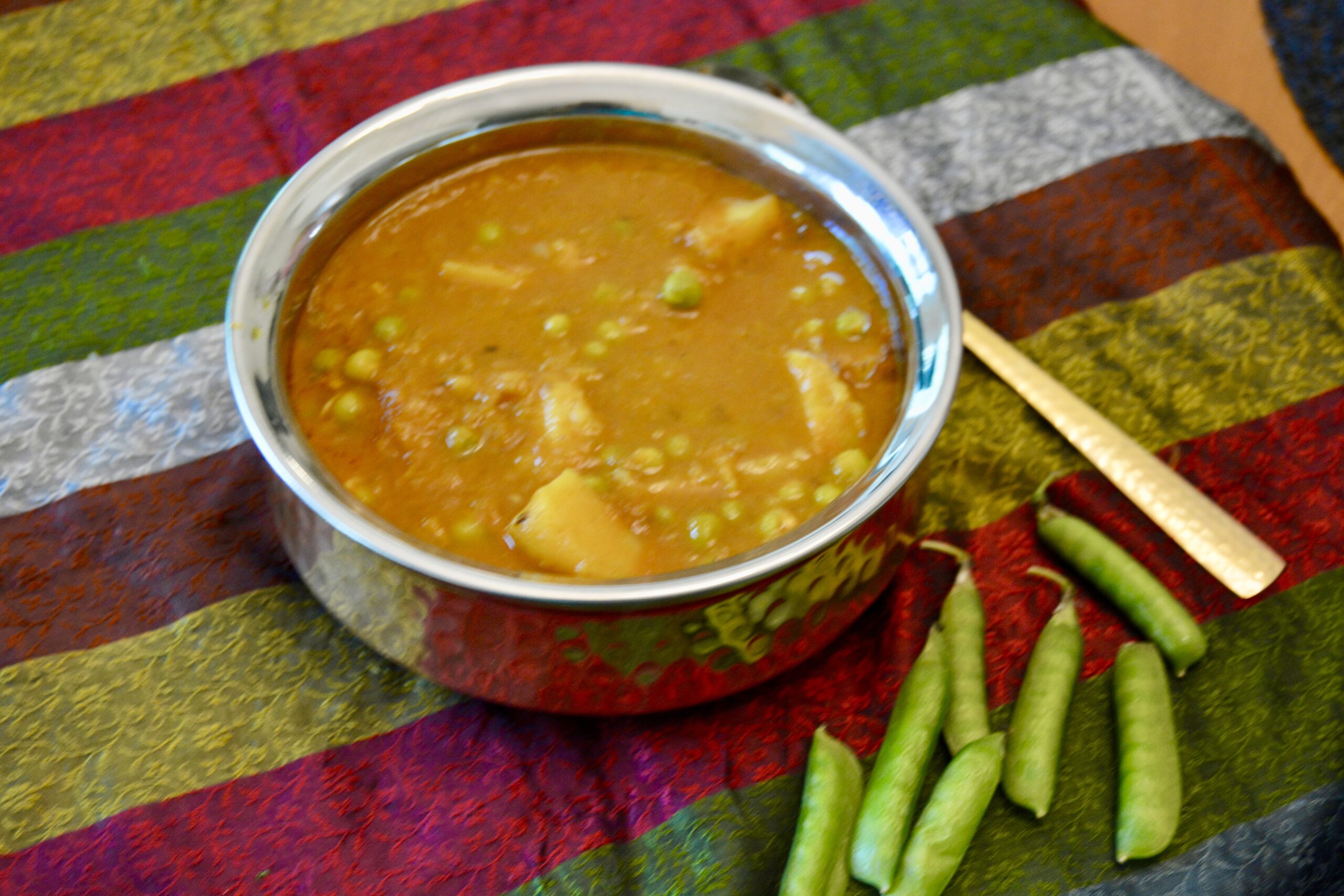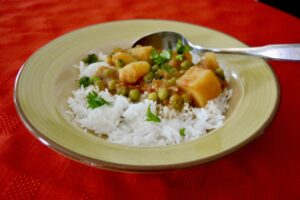Salads are always a part of an Indian meal, especially during the hot summer months. Most are a medley of fresh vegetables tossed with a splash of lemon juice and a sprinkling of your choice of exotic and aromatic spice powders.
Salads are more elaborate for parties, with vegetables cut in the form of flowers, plants, bird plumes, etc. Indian salads with a simple dressing pair well with curries, dals, sabzis, and rice dishes.
Indian salads include Kachumber (a combination of chopped onions, tomatoes, cucumber, and green chilies), veggies like cucumber and potato mixed with yogurt, and Kachumber Raita (Kachumber mixed with yogurt).
As access to cooking videos via social media has grown exponentially. Salads in urban areas of India have also started to include more Western style salads and dressings. Boiled chickpeas, black beans, sprouted beans, paneer, cheese, and seeds like peanuts, sunflower, cashew nuts, walnuts, almonds, raisins, and pomegranate seeds have found their way into Indian salads.
If you choose to include a salad in an Indian meal you are fixing, there are no hard and fast rules! Use your palate and imagination to create your masterpiece.
Popular vegetables used in Indian salads are onions (red or yellow), boiled beetroot, cucumber, carrots, tomatoes, red radish, daikon radish (long white Japanese radish), green chilies, fresh mint, and coriander, along with a sprinkling of lemon juice
Seasoning spice powders choices for salads are black pepper, chaat masala, black salt, chili powder, and salt.
Since my hubby’s retirement, he has expanded his creative side to fixing us salads. I would be remiss if I did not include pics of some of his creations!
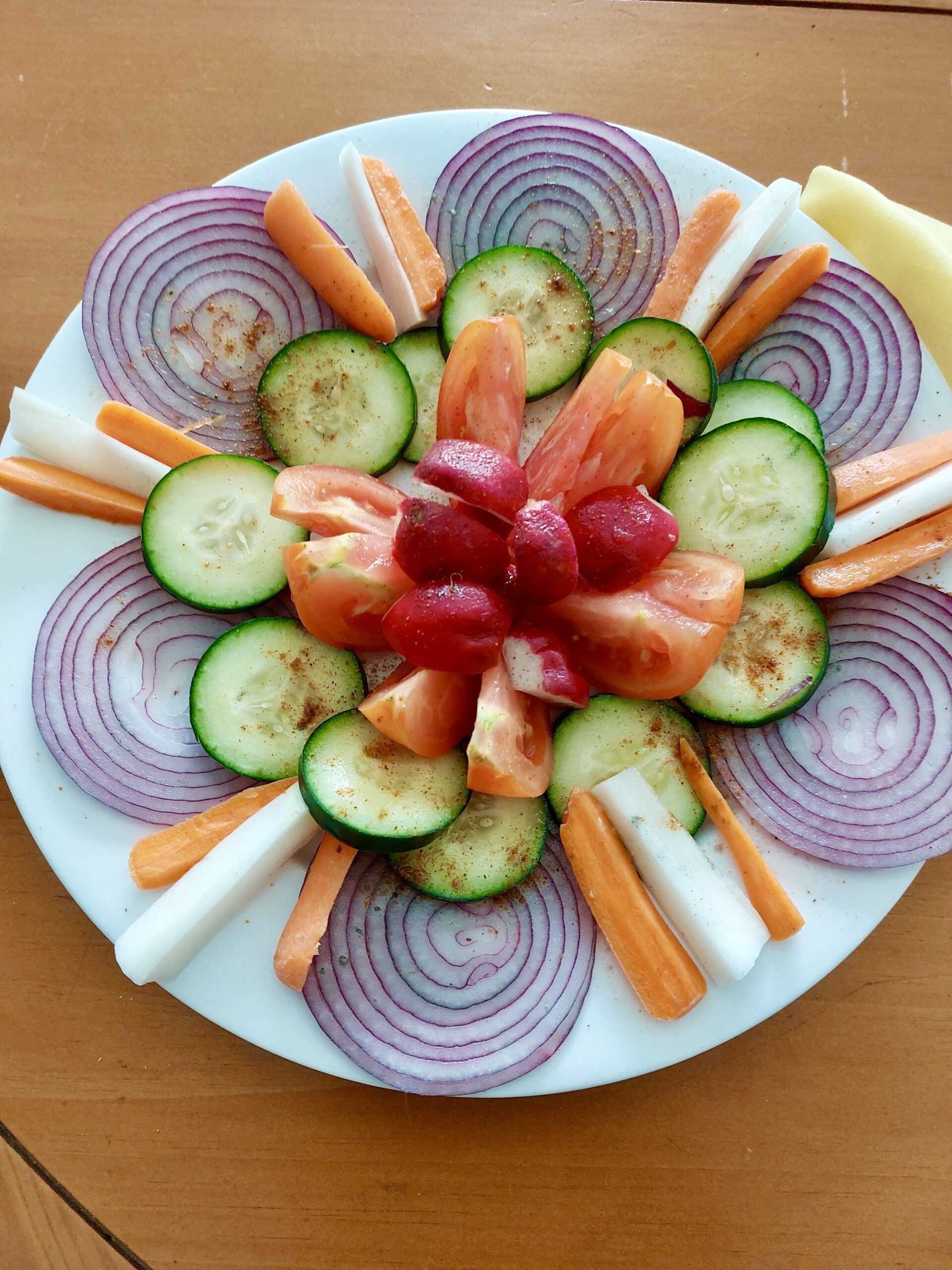
An Indian Salad
Ingredients
- ½ medium red onion
- ½ medium daikon radish (peeled, cut in half, and then into strips)
- 1 medium carrot (peeled, cut in half, and then into strips)
- 1 large tomato (sliced into 8 wedges—keep the base intact)
- 4 red radishes (greens removed, and quartered)
- 1 medium cucumber (sliced into rounds)
- ½ lemon or lime
Instructions
- On a salad or large plate, arrange the onions at the edge of the plate at spaced intervals.
- Next, layer your cucumber at the base of the onions rounds.
- Arrange your carrot and daikon strips between the onions.
- Now place your tomatoes in the center of the plate and the radish in the center of the tomatoes.
- Sprinkle lemon juice and your choice of spice powders.
Notes
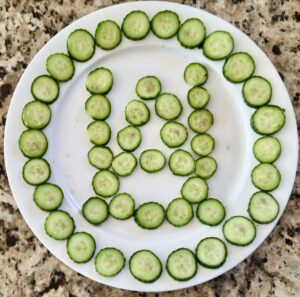

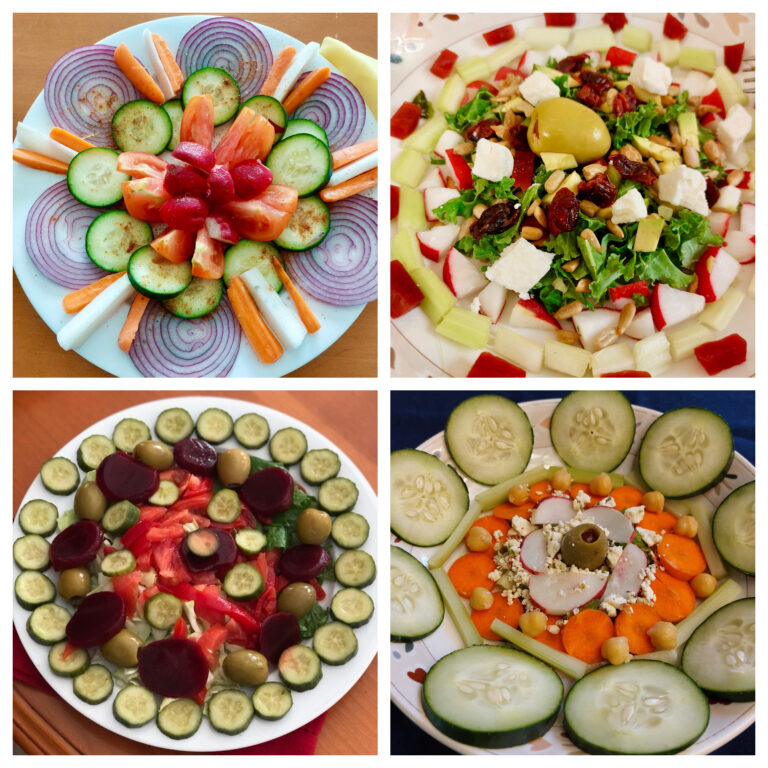
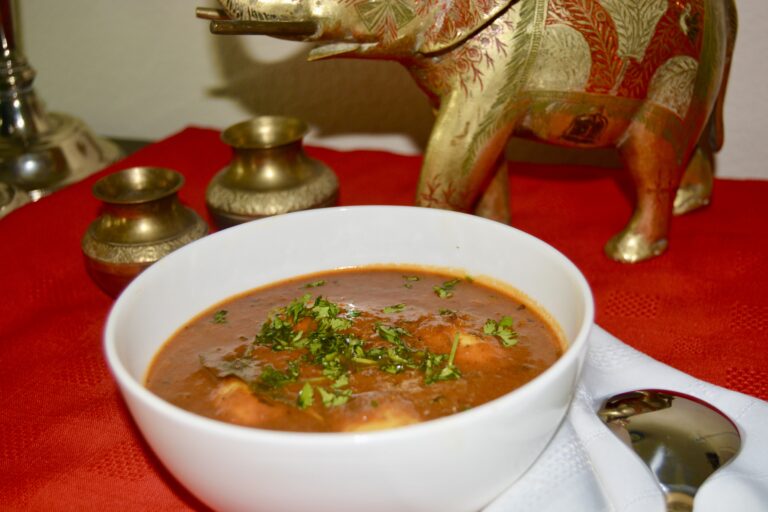
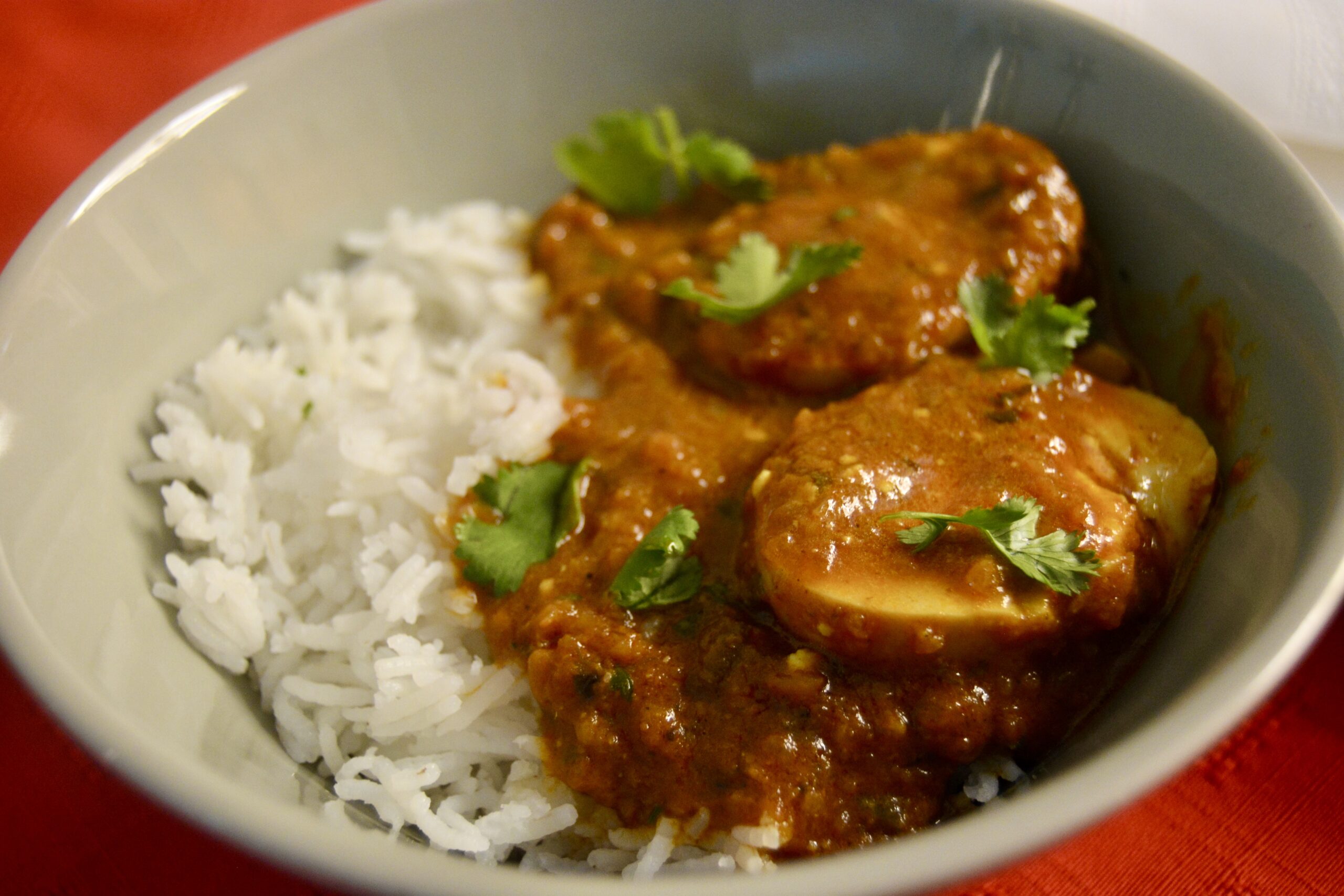
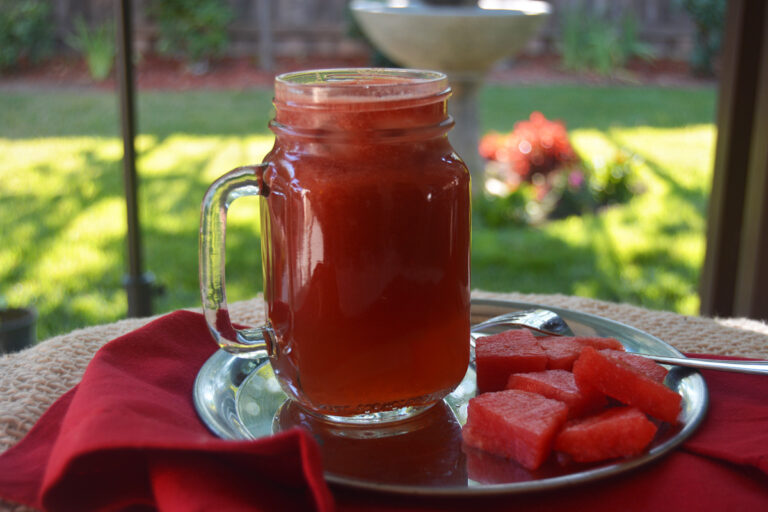
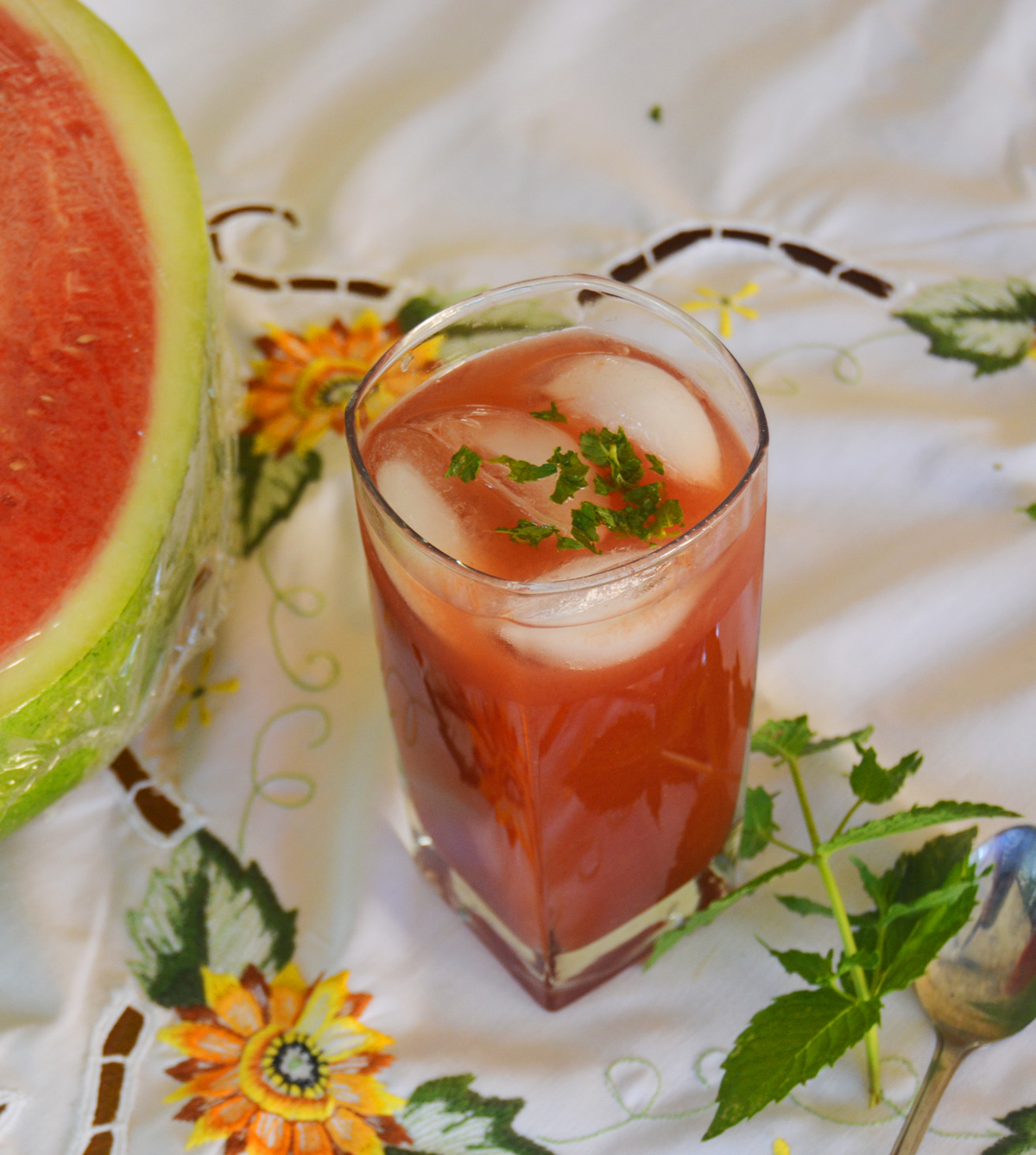
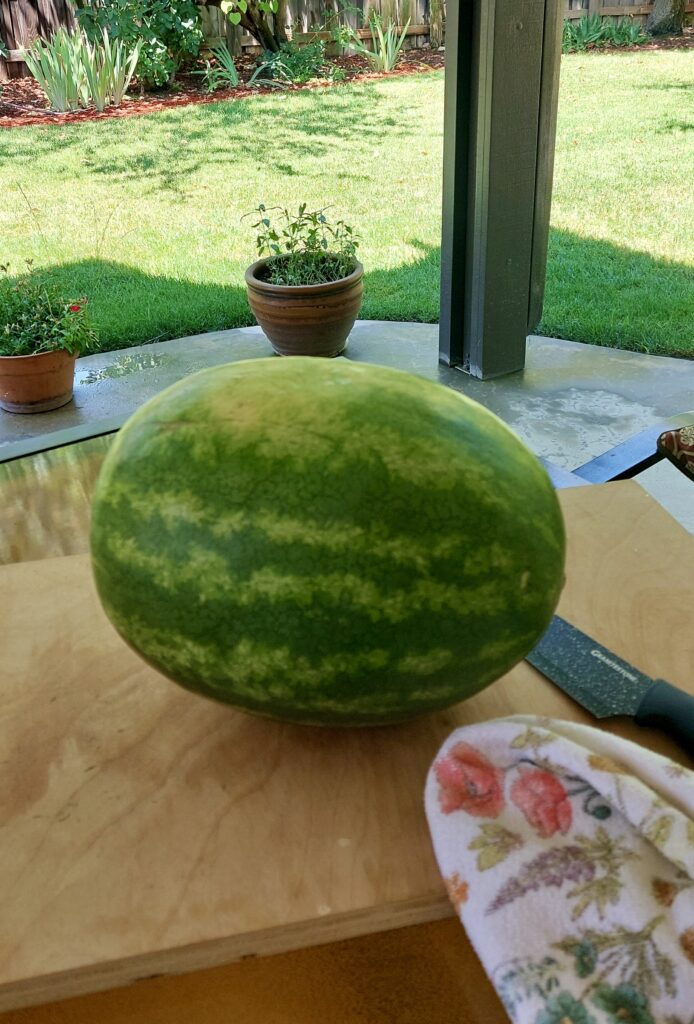
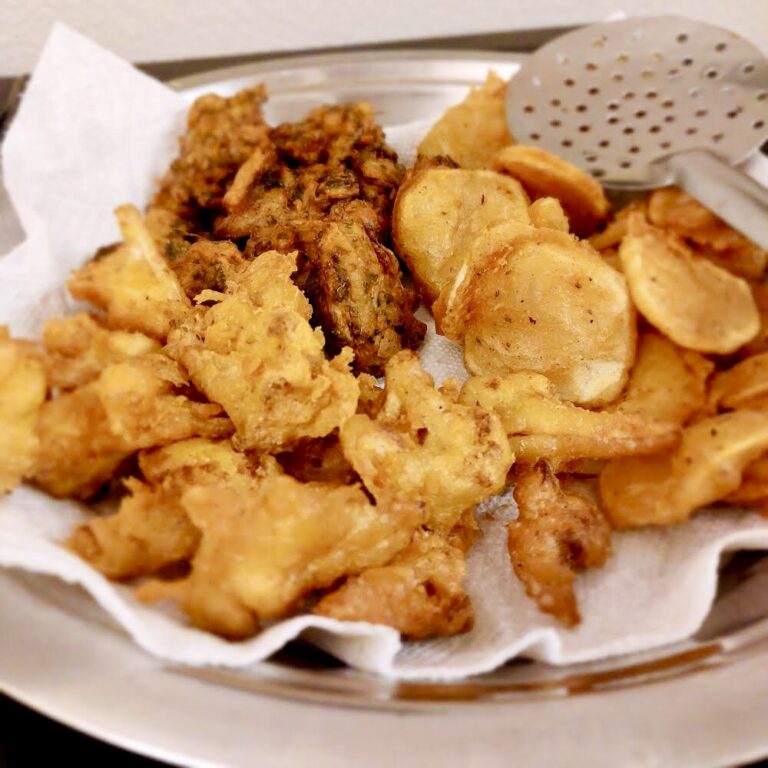
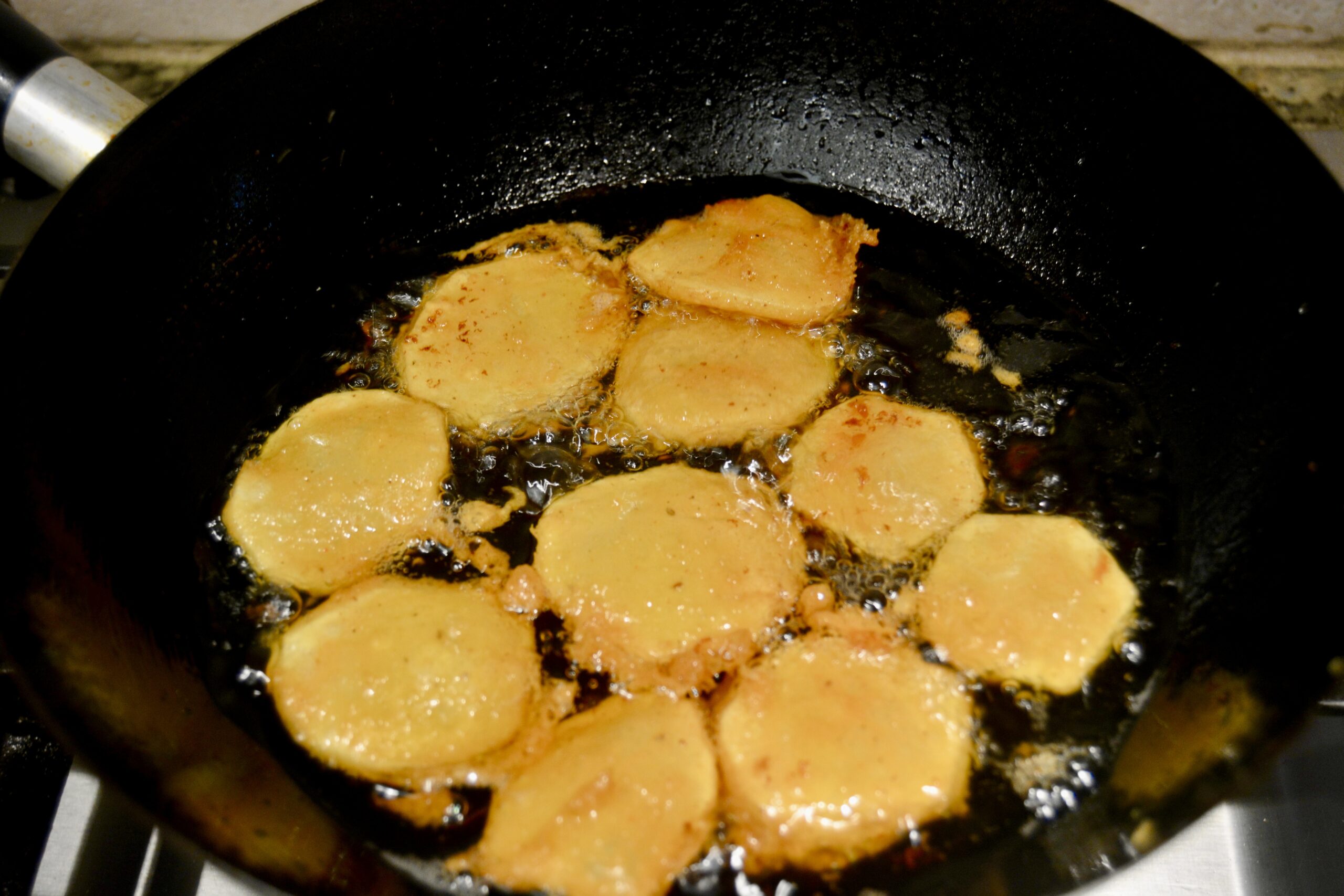
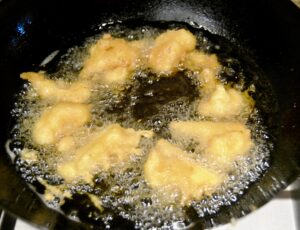
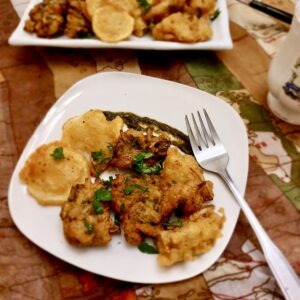
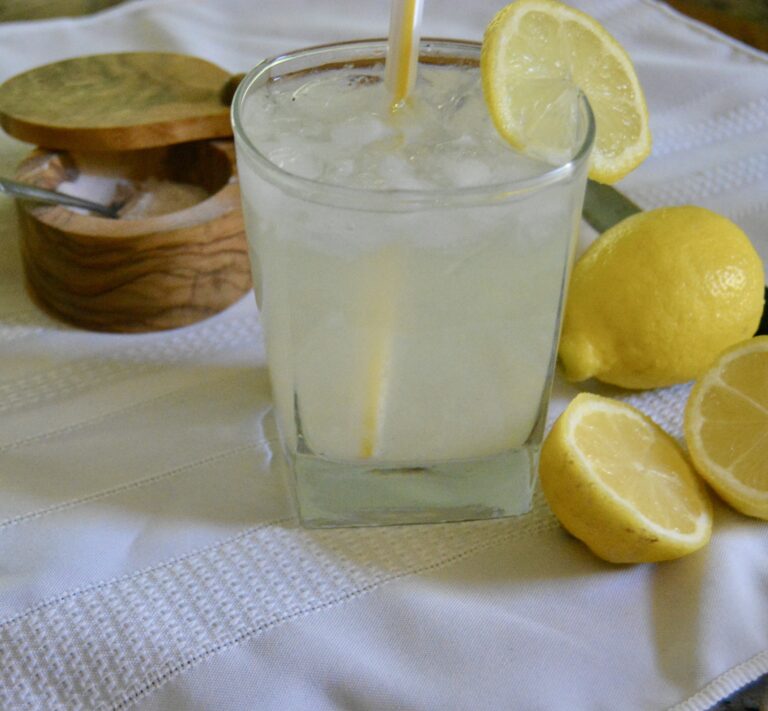
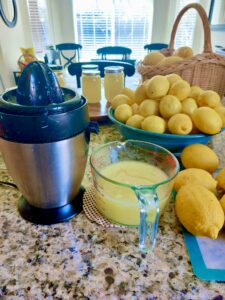 It is a hot summer’s day. I hear Rosy, our cook, fixing lemonade for our son and his friends in the kitchen. The loud spoon clinking against the glass as she vigorously stirs the sugar into the lemon and water mixture reminds me of when we were kids.
It is a hot summer’s day. I hear Rosy, our cook, fixing lemonade for our son and his friends in the kitchen. The loud spoon clinking against the glass as she vigorously stirs the sugar into the lemon and water mixture reminds me of when we were kids.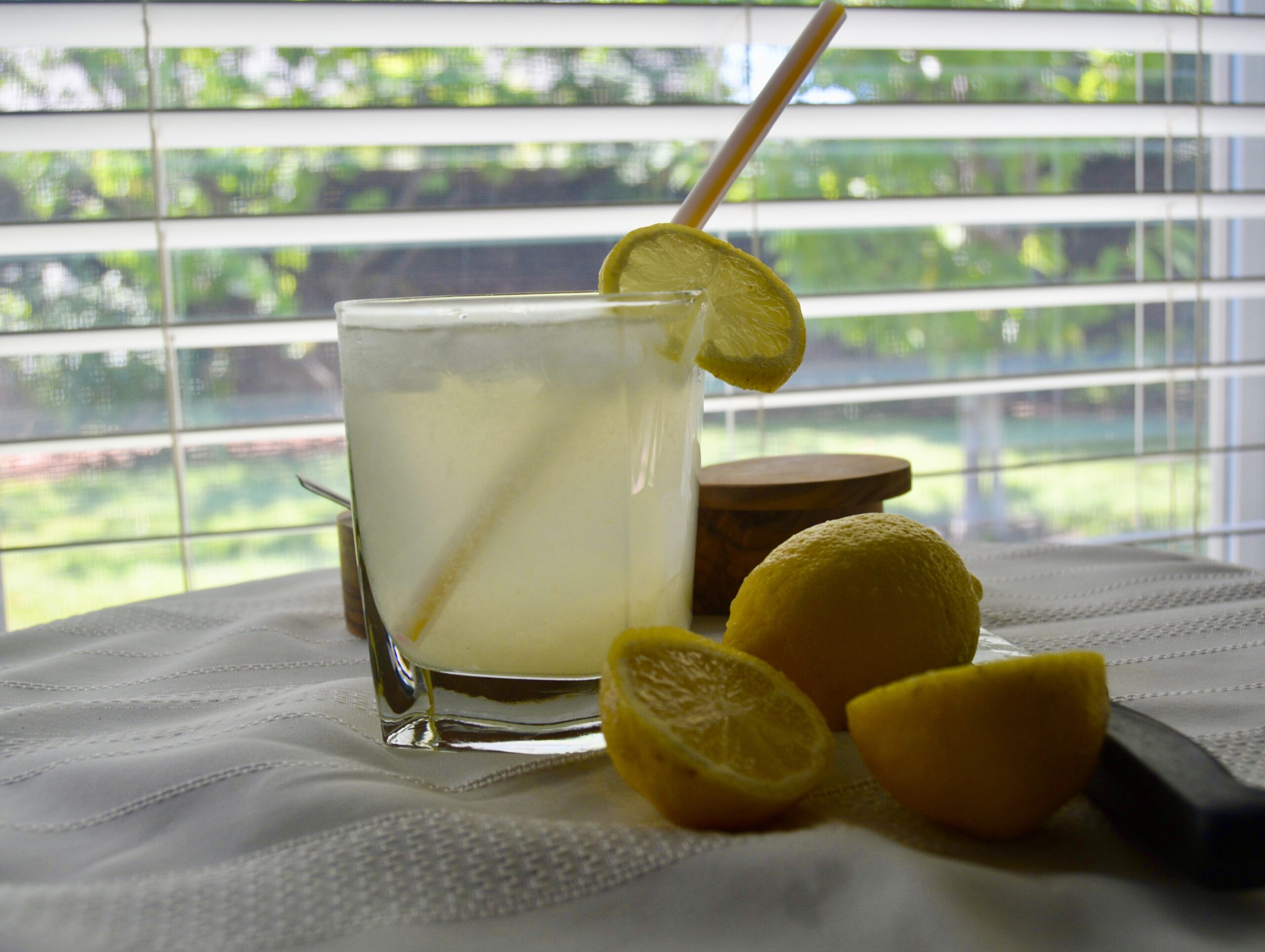
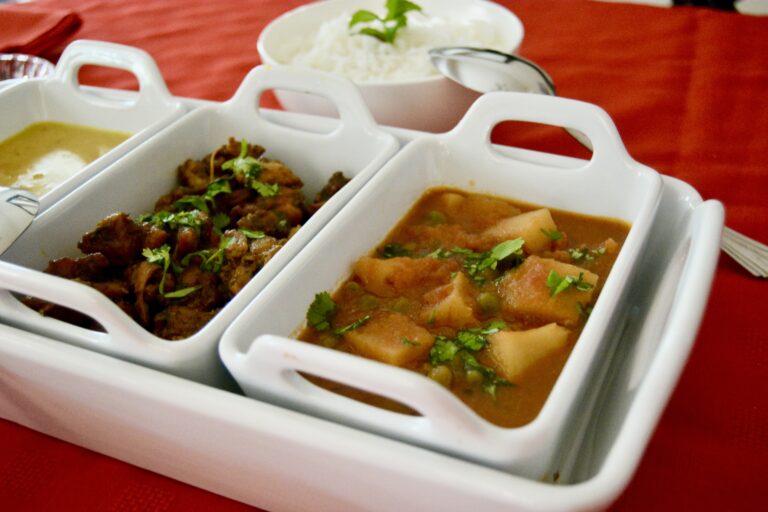
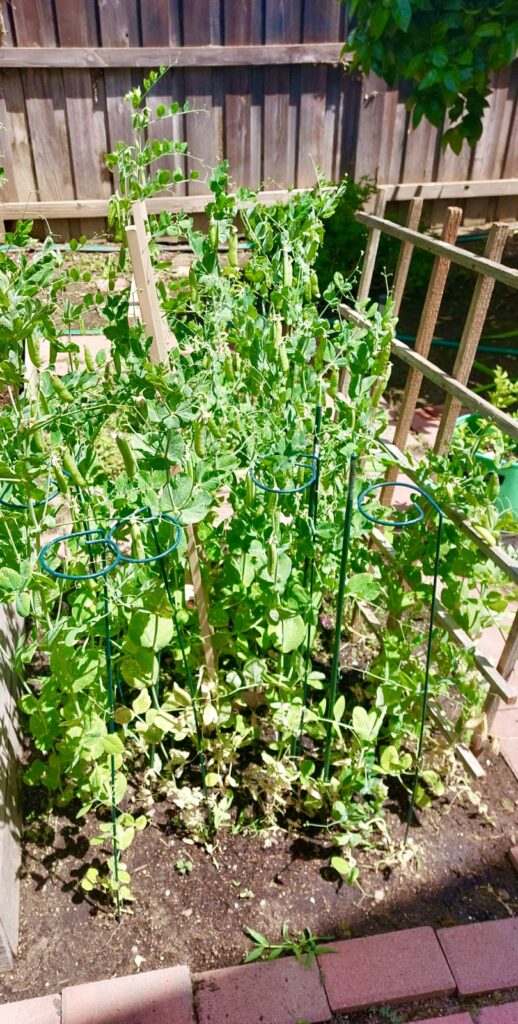 The morning is beginning to heat up. I look out my kitchen window at the small patch of peas I am growing. It needs a weeding. Armed with my garden hat, gloves, and shovel, I head out to see if I can tackle the weeds before it gets too hot. I am pleased to see that there are enough peas I can pick to fix a curry or sabzi (sautéed vegetable of any kind without gravy). A little while later, I return to the kitchen with fresh peas.
The morning is beginning to heat up. I look out my kitchen window at the small patch of peas I am growing. It needs a weeding. Armed with my garden hat, gloves, and shovel, I head out to see if I can tackle the weeds before it gets too hot. I am pleased to see that there are enough peas I can pick to fix a curry or sabzi (sautéed vegetable of any kind without gravy). A little while later, I return to the kitchen with fresh peas.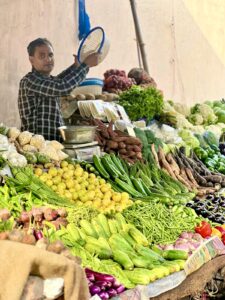 I recall walking through the sabzi mandi’s (vegetable markets) in India or stopping by the wayside vegetable vendors’ stalls by the primary market. The vegetables were always farm fresh. You would make your selection. The grocer would weigh these on scales and put them into the ‘thaila’ (cloth bag) you carried with you—before plastic bags hit the scene! Of course, there was always bargaining to be done. It was an essential part of the buying process. I didn’t bargain much, knowing how hard they worked to make a living, so I always caved. I never quite got used to it!
I recall walking through the sabzi mandi’s (vegetable markets) in India or stopping by the wayside vegetable vendors’ stalls by the primary market. The vegetables were always farm fresh. You would make your selection. The grocer would weigh these on scales and put them into the ‘thaila’ (cloth bag) you carried with you—before plastic bags hit the scene! Of course, there was always bargaining to be done. It was an essential part of the buying process. I didn’t bargain much, knowing how hard they worked to make a living, so I always caved. I never quite got used to it!